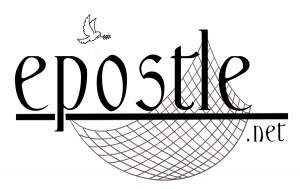Advent 9-50: Shifting from Action to Thought
Advent Day 9 of 50: Shifting from Action to Thought
The contrast between New and Old Testament is harsh, at least it is when you follow the teaching of Jesus. In this next section of the Sermon on the Mount, Jesus accents that contrast by quoting the old law and then instructing with “But I say to you…” As we read through these new rules, remember the lessons of the first week of Advent. They have prepared us to decipher through the harsh contrast twixt the law of old and the moral imperative as presented by the One who pronounced the spirit of the laws.
Jesus begins, You have heard that it was said to those of old, ‘You shall not murder, and whoever murders will be in danger of the judgment.’ But I say to you that whoever is angry with his brother without a cause shall be in danger of the judgment. And whoever says to his brother, ‘Raca!’ (an insult equivalent to calling him ‘empty headed’) shall be in danger of the council. But whoever says, ‘You fool!’ shall be in danger of hell fire. Therefore, if you bring your gift to the altar, and there remember that your brother has something against you, leave your gift there before the altar, and go your way. First be reconciled to your brother, and then come and offer your gift. Agree with your adversary quickly, while you are on the way with him, lest your adversary deliver you to the judge, the judge hand you over to the officer, and you be thrown into prison. Assuredly, I say to you, you will by no means get out of there till you have paid the last penny.
Whether you are hearing this for the first time or have heard it 100 times before, the shock level is not diminished. Jesus has equated murder with anger. Think of the implications of this shift. Judgment is not on your actions but on your thoughts. For Jesus, your innermost thoughts, the desires of your heart are what betray you to sin. Jesus was demanding the purity of heart. And, he lays out the consequences of our insincerity in detail, from judgement to sentencing to the punishment.
Journal your immediate reaction to these verses. We are only in the second week of Advent. Compare those reactions in a few weeks as we get closer to the Theophany.
Let us pray, Lord Jesus Christ, you came because of the Love of the Father. Your only demand on us was sincerity, that is, a rejection of hypocrisy. You asked us to come to you with the purity of heart. “Blessed are the pure in heart,” you said, “For they shall see God.” (Matthew 5:8) Keep me from evil thoughts, which lead to words and deeds, so that I may strive for the goodness you have placed in my heart since my mother bore me. Amen.
Cover photo: Luna and Gregory Beylerian


